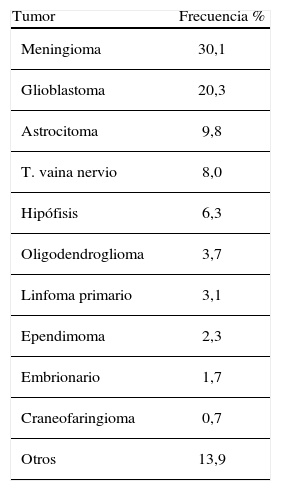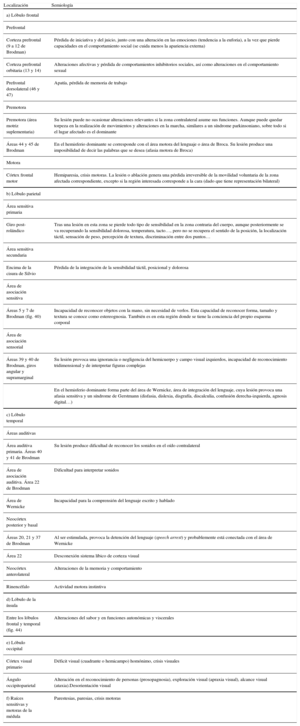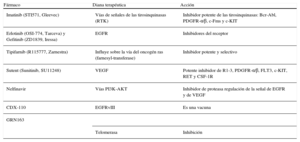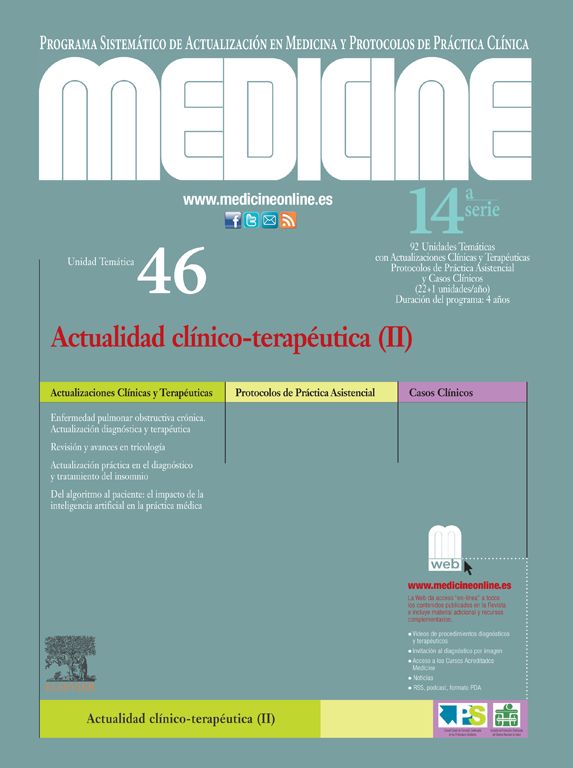Los tumores primarios del sistema nervioso central (SNC) son la tercera causa de muerte por cáncer en el adulto y la primera en niños. Suponen el 10% de los tumores del SNC, ya que el 90% son metástasis. El glioblastoma es el tumor maligno más frecuente y el meningioma el benigno más frecuente.
Las manifestaciones clínicas se deben al aumento de la presión intracraneal (cefaleas, náuseas, inestabilidad y afectación de pares craneales), reorganización de la citoarquitectura del córtex (epilepsia) y déficits funcionales focales (paresias, apraxias, déficits cognitivos).
Aunque en lugares de difícil acceso se recomienda la biopsia para el diagnóstico, las técnicas de resonancia magnética, espectroscopia y la magnetoencefalografía (MEG) permiten detectar, caracterizar y establecer el pronóstico.
La cirugía es electiva mientras respete el córtex elocuente; cura la mayoría de los tumores benignos y aumenta la supervivencia en los malignos. La radioterapia estereotáxica y la radiocirugía son útiles para ambos y con las metástasis.
El futuro está en la administración local de quimioterapia. Se emplearán colimadores más selectivos para radioterapia y la cirugía guiada por neuronavegación o ultrasonidos será más precisa con menos secuelas neurológicas.
Palabras clave
Primary tumors of the central nervous system (CNS) are the third cause of death by cancer in the adult and the first in children. They account for 10% of the CNS tumors, since 90% are metastases. The glioblastoma is the most frequent malignant tumor and the meningioma the most frequent benign one.
Their clinical manifestations are due to the increase of intracranial pressure (headaches, nausea, instability and cranial pair involvement) reorganization of the cortex cytoarchitecture (epilepsy) and focal functional deficits (paresias, apraxias, cognitive deficits).
Although biopsy is recommended for diagnosis in difficult-to-access sites, magnetic resonance imaging, spectroscopy and magnetoencephalography techniques make it possible to detect, characterize and establish the prognosis.
Surgery is elective as long as it spares the eloquent cortex. It cures most of the benign ones and increases survival in the malignant ones. Stereotactic radiotherapy and radiosurgery are useful for both and with the metastases.
Survival is approximately 15% at 5 years and the benign tumors generally recur. More selective collimators for radiotherapy will be used and neuronavigation guided surgery or ultrasound will be more precise with fewer neurological sequels.
Keywords
Identifíquese
¿Aún no es suscriptor de la revista?
Comprar el acceso al artículo
Comprando el artículo el pdf del mismo podrá ser descargado
Teléfono para incidencias
De lunes a viernes de 9h a 18h (GMT+1) excepto los meses de julio y agosto que será de 9 a 15h
















